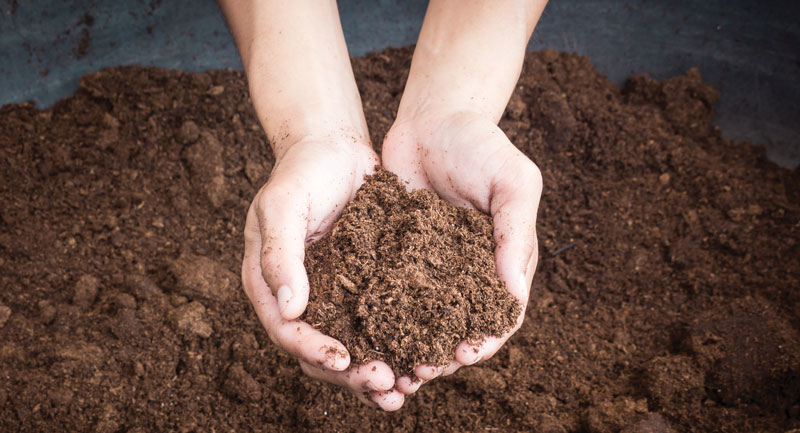If you are a non-farmer, when you think about how agricultural production must increase in the next 20 years to support our increasing world population, I’m guessing that soil pH doesn’t pop up as one of your top concerns. Most people think fertilizer, weed control, improved genetics, better and more irrigation, and equipment technology head the list of keys to achieving more food. While those things will all get better and lead to higher yields, I would argue that soil pH may be the most important factor of all.
Each crop has a range on the pH scale where it does best. For example, the ideal soil pH for corn, soybeans and wheat is likely in the low to mid 6’s, while alfalfa needs pH near 7 (neutral), and blueberries need the pH down near 5. Soil pH in the Midwest is wildly variable, to the point where we commonly see pH in the 4’s all the way up to 9. It’s important to understand that the pH scale is logarithmic. While a 6.0 is ten times more acidic than a 7.0, and a 5.0 is ten times more acidic than a 6.0, a 5.0 is one hundred times more acidic than a 7.0. The same idea applies with the bases when pH’s are over 7.
Nutrient availability is one reason why soil pH is so important. On our farm, as we have changed soil pH, we’ve seen a big difference in nutrient levels in leaf tissue. Here’s an example of how this can happen. Phosphorus is one of the most important plant nutrients (think food for plants). Farmers apply phosphorus to the soil by using manure, compost and commercial fertilizer. The problem is that a good share of the phosphorus can get “tied up.” Calcium can bind with phosphorus when the pH gets over 7.0, especially in the 8.0 to 8.5 range, by forming calcium phosphate, which is insoluble in water. Since plants bring most of their nutrients in with water, this is a real problem. In low pH soils, especially in the 4’s and 5’s, phosphorus can get “tied up” with iron and aluminum, again rendering it unavailable to plants.
Here’s where I’m going with all this background information: In order to maximize crop production and minimize the amount of inputs the farmer needs to apply to achieve high yields, soil pH must be carefully managed. This is challenging both horizontally and vertically. Soil pH can vary from acre to acre and even foot to foot across a field, but it can also change each inch going down in the soil profile. As farmers continually move toward less tillage, which is great for building organic matter and beneficial soil microbial levels, one of the challenges is the soil doesn’t get mixed around. Soil pH can really vary from inch to inch going down, with no good way to even that out quickly.
Let me leave you with this data: According to Midwest Labs, if a farmer has a soil pH of 4.7, he can expect to get only 34 percent of his full yield in corn and only 2 percent of his full yield in alfalfa. At a 5.7 pH, those numbers go to 83 percent and 42 percent respectively, which is much better, but still quite low. Think of it this way: 200-bushel corn becomes 166-bushel corn. The same type of yield losses can be expected if soil pH is too high.
Here’s the great news: Farmers absolutely can get soil pH in the range they want, commonly using lime to raise pH or elemental sulfur and improved drainage to lower pH. As farmers do
a better job managing pH on every acre, I absolutely expect agricultural production to continue to increase. When this happens based on the same or maybe even fewer inputs, that reduces the carbon score for corn and helps corn meet the low carbon fuel criteria. This can create a new market for farmers beyond standard fuel and fiber.







